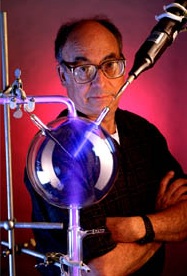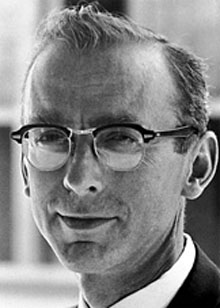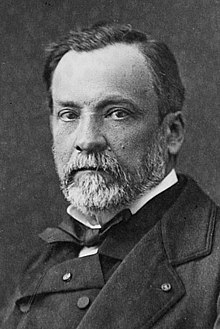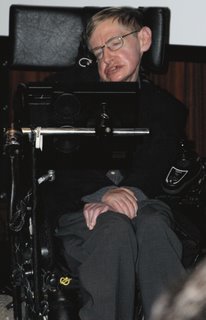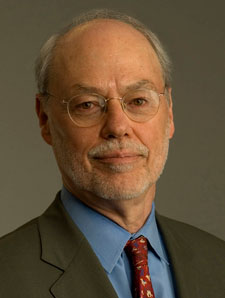Protein
was finally excluded as the hereditary material following a series of
experiments published by Alfred Hershey and Martha Chase in 1952. These
experiments involved the T2 bacteriophage, a virus that infects the E. coli
bacterium. At the time, bacteriophages were widely used as experimental models
for studying genetic transmission because they reproduce rapidly and can be
easily harvested. In fact, during just one infection cycle, bacteriophages
multiply so rapidly within their host bacterial cells that they ultimately
cause the cells to burst, thus releasing large numbers of new infectious
bacteriophages. The T2 bacteriophage used by Hershey and Chase was known to
consist of both protein and DNA, but the role that each substance played in the
growth of the bacteriophage was unclear. Electron micrographs had shown that T2
bacteriophages consist of an icosahedral head, a cylindrical sheath, and a base
plate that mediates attachment to the bacterium, shown schematically in Figure
5. After infection, phage particles remain attached to the bacterium, but the
heads appear empty, forming "ghosts."
To
determine the roles that the T2 bacteriophage's DNA and protein play in
infection, Hershey and Chase decided to use radioisotopes to trace the fate of
the phage's protein and DNA by taking advantage of their chemical differences.
Proteins contain sulfur, but DNA does not. Conversely, DNA contains phosphate,
but proteins do not. Thus, when infected bacteria are grown in the presence of
radioactive forms of phosphate (32P) or sulfur (35S), radioactivity can be
selectively incorporated into either DNA or protein. Hershey and Chase employed
this method to prepare both 32P-labeled and 35S-labeled bacteriophages, which
they then used to infect bacteria. To determine which of the labeled molecules
entered the infected bacteria, they detached the phage ghosts from the infected
cells by mechanically shearing them off in an ordinary kitchen blender. The
ghosts and bacterial cells were then physically separated using a centrifuge.
The larger bacterial cells moved rapidly to the bottom of the centrifuge tube,
where they formed a pellet. The smaller, lighter phage ghosts remained in the
supernatant, where they could be collected and analyzed. During analysis,
Hershey and Chase discovered that almost all of the radioactive sulfur remained
with the ghosts, while about one-third of the radioactive phosphate entered the
bacterial cells and could later be recovered in the next generation of
bacteriophages.
From
these experiments, Hershey and Chase determined that protein formed a
protective coat around the bacteriophage that functioned in both phage
attachment to the bacterium and in the injection of phage DNA into the cell.
Interestingly, they did not conclude that DNA was the hereditary material,
pointing out that further experiments were required to establish the role that
DNA played in phage replication. In fact, Hershey and Chase circumspectly ended
their paper with the following statement: "This protein probably has no
function in the growth of intracellular phage. The DNA has some function.
Further chemical inferences should not be drawn from the experiments presented"
(Hershey & Chase, 1952). However, a mere one year later, the structure of
DNA was determined, and this allowed investigators to put together the pieces
in the question of DNA structure and function
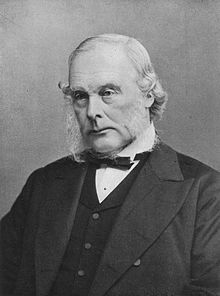 Joseph Lister (5 April 1827 – 10 February 1912) was a
British surgeon and a pioneer of antiseptic surgery, who promoted the idea of
sterile surgery while working at the Glasgow Royal Infirmary. Lister
successfully introduced carbolic acid (now known as phenol) to sterilise
surgical instruments and to clean wounds, which led to a reduction in
post-operative infections and made surgery safer for patients.
Joseph Lister (5 April 1827 – 10 February 1912) was a
British surgeon and a pioneer of antiseptic surgery, who promoted the idea of
sterile surgery while working at the Glasgow Royal Infirmary. Lister
successfully introduced carbolic acid (now known as phenol) to sterilise
surgical instruments and to clean wounds, which led to a reduction in
post-operative infections and made surgery safer for patients.
